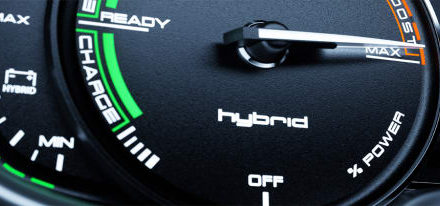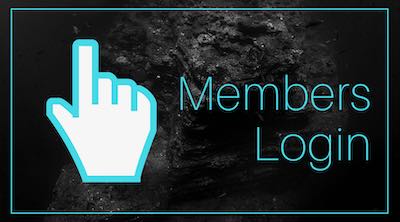Buying a used car can be one of the smartest financial moves you make—but only if you do it right. While the price might look appealing and the car may seem spotless, more than half of second-hand vehicles in the UK have hidden histories that could spell disaster for unsuspecting buyers.
Unpaid finance, past accident damage, clocked mileage, and even stolen status are just a few of the dangers that come with the territory. That’s why performing a car history check is essential before you hand over any cash.
Here’s how you can protect yourself and make sure the car you buy is exactly what it appears to be.
What Is a Vehicle History Check?
A car history check is a comprehensive digital report that examines a vehicle’s background using trusted data sources such as the DVLA, insurers, finance companies, and law enforcement. It reveals important facts that even a test drive or face-to-face meeting with the seller might not uncover.
These checks are commonly known as HPI checks in the UK—HPI being one of the first and most reputable providers.
What You’ll Learn from a History Check
A full vehicle report offers you insight into:
- Outstanding Finance – If finance is unpaid, the car legally belongs to the lender.
- Stolen Vehicle Status – Police databases reveal if the vehicle is marked as stolen.
- Write-Off Records – You’ll learn if the car has been written off and under which category (e.g. Category S or N).
- Mileage Inconsistencies – Clocking is a major issue. The check compares mileage data from MOT records to spot fraud.
- VIN and Logbook Match – The Vehicle Identification Number (VIN) must match the one on the V5C logbook and the car itself.
- MOT History – Reveals past test failures and advisory patterns that may suggest poor maintenance.
- Plate and Colour Changes – Alerts you to modifications that could hide past damage or identity issues.
- Recall Notices – Indicates if the car has any open safety recalls that haven’t been fixed.
️ How to Check a Car’s History
Step 1: Gather the Details
Get the registration number and VIN from the car and compare it to what’s in the V5C logbook.
Step 2: Use Trusted Tools
Start with free resources:
- DVLA Vehicle Enquiry
- Check MOT History
- Check Vehicle Tax
Then run a full check through:
- Car Owl
- HPI Check
- RAC Vehicle History
- AA Car Data Check
- AutoTrader Vehicle Check
Step 3: Review Your Report
Look closely for:
- Discrepancies in mileage
- Alerts for theft or finance
- Accident history or write-off classification
- VIN mismatches or cloning indicators
Even one red flag should make you pause and ask questions.
✅ Final Tips for Safe Buying
- Inspect the car in person: Look for paint overspray, rust, and signs of poor repair.
- Test drive it: Check how it handles, brakes, and performs under normal driving conditions.
- Ask for the service history: Well-maintained cars have records. If there are none, reconsider.
- Verify the seller’s identity: The seller’s name and address must match the logbook.
- Research market value: Use AutoTrader or Parkers to benchmark the asking price.
The Bottom Line
A car might look and feel right—but that doesn’t mean it’s safe to buy. A history check gives you the real story before it’s too late. For the cost of a few coffees, you can avoid thousands in losses or legal issues.
Don’t take a chance. Use trusted platforms like HPI Check, Car Owl, or AutoTrader Check to verify every vehicle before you buy.
Smart buyers don’t just look under the bonnet—they look into the past.


















